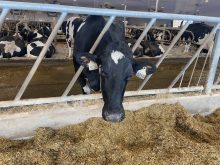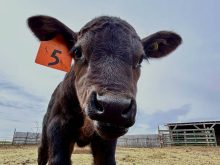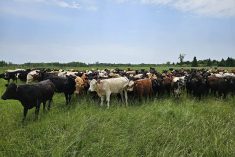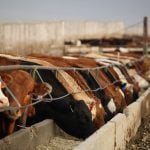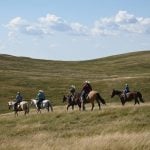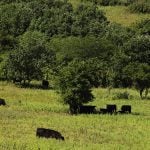The old days of treating everything in the fall with an ivermectin type (Macrocyclic lactone) product year after year and always expecting excellent results are perhaps going away.
The good news is we can test for these parasites, and if thresholds are passed, then those herds or pens are treated.
Work done a few years ago by a pharmaceutical company with which I was involved found that we could put most beef herds into low, medium and high categories for internal worms, and only the medium and high herds would need to be dewormed.
Read Also
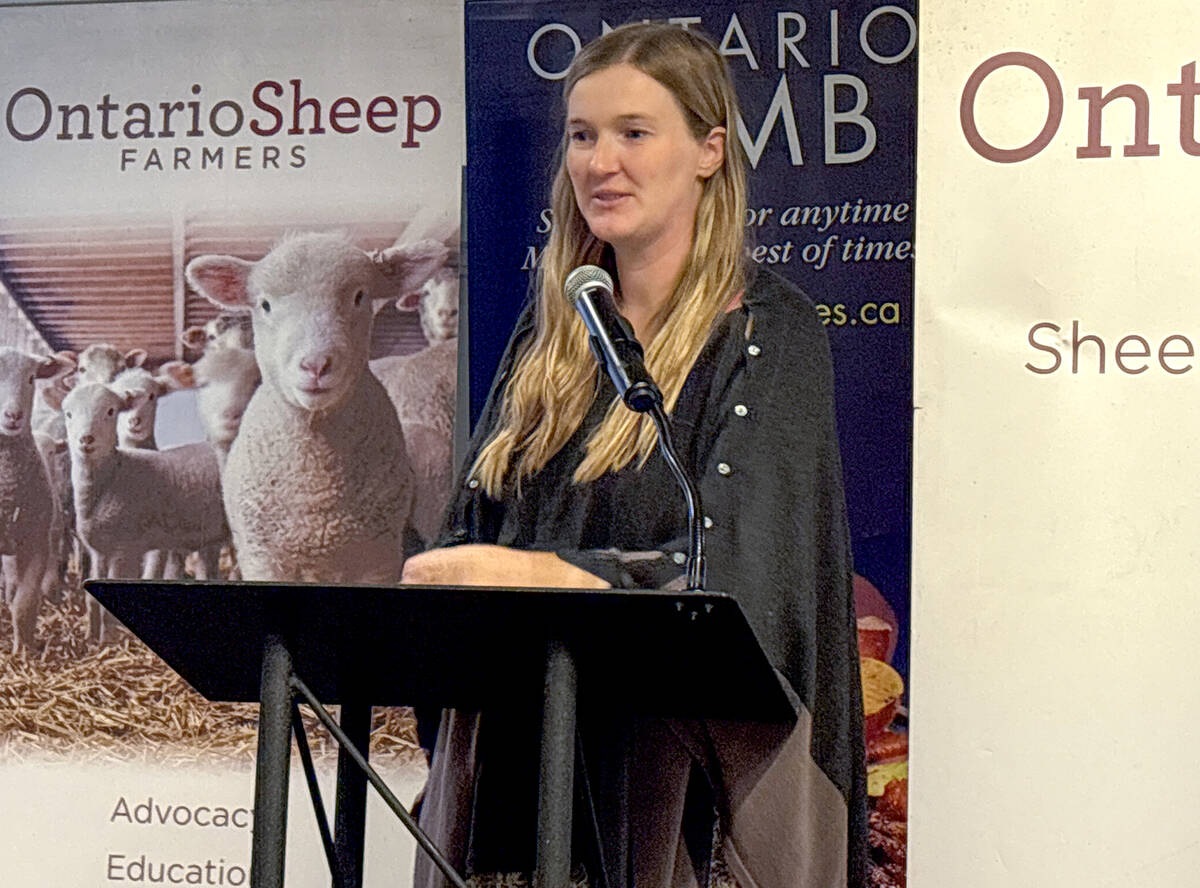
Footflats Farm recognized with Ontario Sheep Farmers’ DLF Pasture Award
Gayla Bonham-Carter and Scott Bade, of Footflats Farm, win the Ontario Sheep Farmers’ 2025 DLF Ontario Pasture Award for their pasture management and strategies to maximize production per acre.
The best time to check is after cattle have been on grassy pasture later in the summer when burdens increase.
Cattle are generally pretty low shedders of eggs because of low infestation, but later summer is the best time to check.
Yearlings generally have higher counts, followed by calves. The cows are most resistant.
Fresh manure is needed when doing a manure test.
The modified Wisconsin test is the most accurate test for cattle.
It’s possible to pool samples instead of doing a group of 10. This should save time and money and be just as accurate if done properly.
This should save the clinic time.
We all need to test more before treating the entire herd.
It has been found that ivermectin resistance is increasing, which reduces effectiveness.
Resistance varies greatly from herd to herd.
Check to see if your herd veterinarian does parasite testing at their clinic or sends them out.
The problem here is the number of tests that are needed as well as the cost and time.
Some producers complain about spending money on tests, only to have the deworm the herd anyway. Their response is that they might as well have just dewormed them in the first place.
This response is understandable, and quicker chute side tests need to be developed to reduce this problem.
I am sure some researcher will develop a quick, lower-cost method.
Another class of parasite treatment is the benzimidazoles, including products such as Safeguard and Valbazen.
The problem is that only internal worms are treated, and the products don’t include treatment for lice.
Until the last decade or so, ivermectin products accomplished both parasite and lice control.
Ivermectin products came on the market when my generation of veterinarians (baby boomers) were practising, and everything was treated.
Lice were most visible, which internal worms rarely got bad enough in Canada to cause outward clinical disease.
However, this is changing.
Now, veterinarians must help producers fine-tune their entire parasite treatment program as well as the fly control treatment program.
Internal parasites such as liver flukes and external ones such as ticks may also be showing up in slightly increasing frequency.
These parasite problems are in more specific geographic regions, and they can have complicated life cycles so may even show up in specific years under specific conditions.
Again, your herd veterinarian can help with specific treatments and monitoring if either liver flukes or ticks become prevalent in your area.
For fly control, especially, there are fewer and fewer products to use, and they are all similar chemically with no new ones on the horizon. Many have actually been taken away from us.
Treatments must be used only when fly numbers get high enough. If oilers are used, they can only be charged with product when necessary. This saves product and cost and slows down the development of resistance.
Canadian winter slows down the transmission of internal parasites, killing the eggs and reducing the survivability of larvae.
Rotational grazing with a long time between regarding allows more larvae to desiccate and die.
Producers should be able to keep parasites in check with selective and timely use of products, specific management changes and checking for eggs in the manure.
It might also be a good idea to cull cows that are determined to be lice carriers.
Parasites evolve and have been survivors, so constant research going is needed in this field so that we are aware of new developments and products.
Most research is species specific, but transmission can occur between similar species such as bison and cattle, horses and donkeys.
Ticks, on the other hand, can involve several different species in their life cycle, as do liver flukes.
It’s a complicated world when it comes to parasite management, and herd management needs to be reviewed from time to time.







